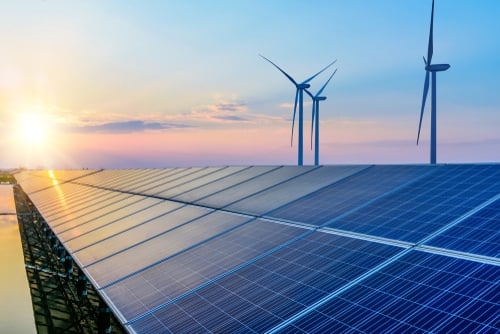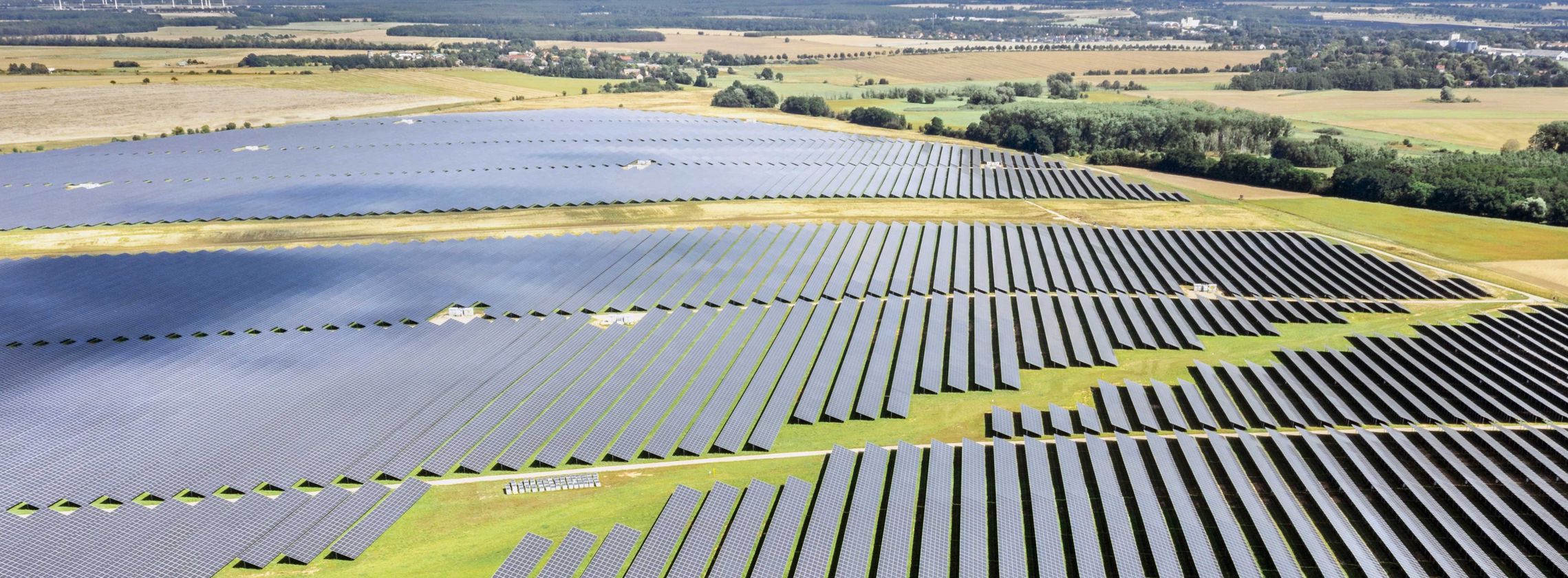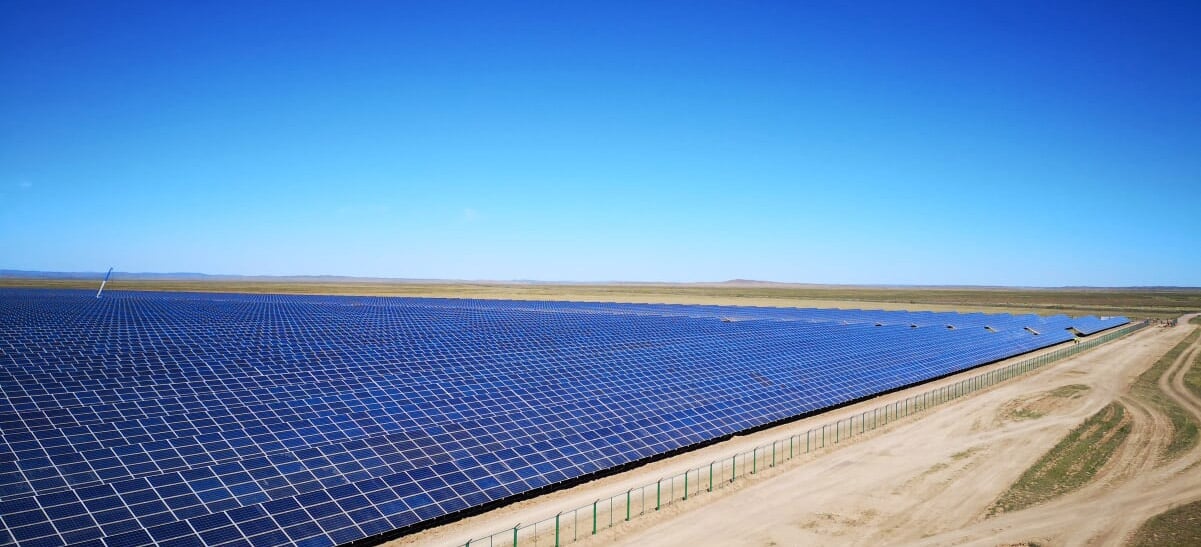
The International Energy Agency’s (IEA) new report forecasts a radical overhaul of the global energy system by 2030. The report highlights, amongst others, an expected surge in clean energy technologies, including solar, wind, and electric vehicles.
- Our energy system will look entirely different by 2030.
- Wind, solar and EV’s are part of the transformation.
Transformative technologies
The IEA predicts that the next seven years will witness a dramatic shift in the role of clean energy technologies. Solar, wind, electric vehicles, and heat pumps will become increasingly essential, transforming the face of global energy production. In particular, the tenfold increase in electric cars signifies a remarkable change in transportation habits, with a profound impact on energy consumption patterns.
The report forecasts that by 2030, solar photovoltaic (PV) systems will generate more electricity than the entire existing US power system. This implies an extraordinary expansion of renewable energy, reaching nearly 50% of the global electricity mix.
Declining role of fossil fuels
The fossil fuel industry is set for a significant shift. Demand for fossil fuels is projected to peak this decade, with its share in global energy supply falling to 73% by 2030. This decline is not an endpoint but rather an indication of the ongoing transformation in the energy world.
“The transition to clean energy is happening worldwide and it’s unstoppable,” says IEA Executive Director Fatih Birol. His statement emphasises the global momentum behind the energy transition, which is expected to reshape the energy world significantly.

A call for support
The IEA’s World Energy Outlook 2023 not only presents a prediction but also a call to action. It urges governments, companies, and investors to back clean energy transitions. According to Fatih Birol, these transitions offer multiple benefits that extend beyond environmental protection. They present new industrial opportunities, jobs, greater energy security, cleaner air, universal energy access, and a safer climate for everyone.
China’s transition
China, the world’s largest emitter of carbon dioxide, is projected to witness its total energy demand peak in the middle of this decade. The growth of clean energy is expected to lead to a decline in fossil fuel demand and emissions, marking a significant shift in energy consumption for the country. In particular, solar PV is expected to contribute 80% of new power generation capacity by 2030.
Solar power surge
The report also highlights a significant increase in the manufacturing capacity of solar panels. By the end of the decade, the world is set to have the capacity to manufacture more than 1,200 gigawatts (GW) of solar panels per year. However, only 500 GW are expected to be deployed in 2030. If an additional 800 GW of new solar PV capacity is deployed by 2030, this could lead to a significant reduction in coal-fired power generation in China and in coal and natural gas generation across Latin America, Africa, Southeast Asia, and the Middle East.








